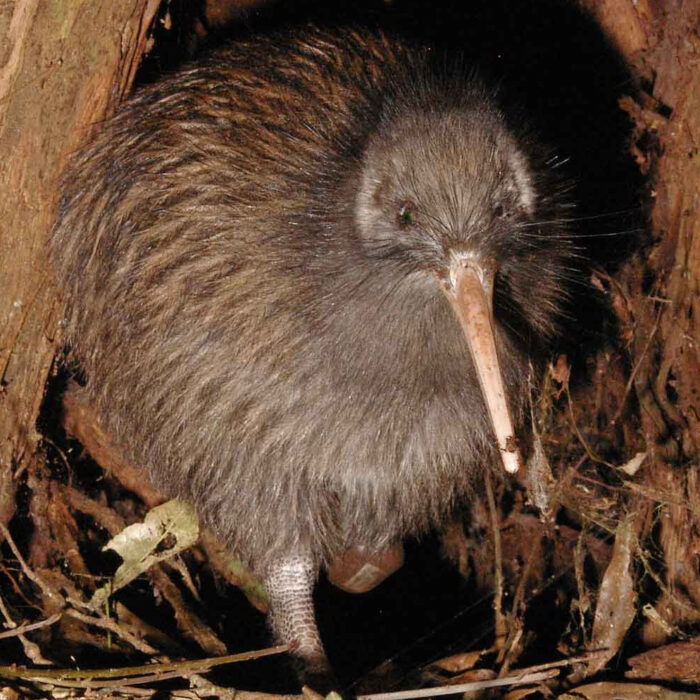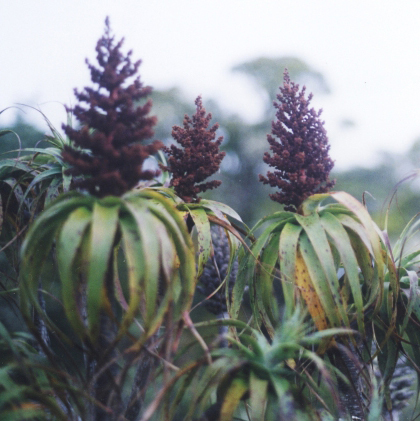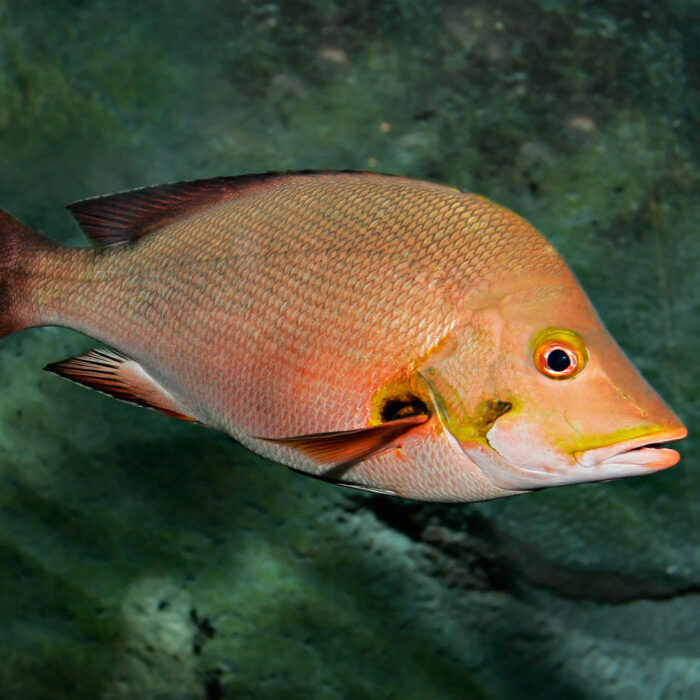EcoRegions

Fiordland National Park
Fiordland nourishes dozens of rare species, such as the crested penguin and the brown kiwi, and is New Zealand’s largest area of unmodified vegetation.

Kahurangi National Park
Kahurangi is as wild as it is accessible. An inspiring mix of alpine herbfields and coastal forests, it showcases New Zealand’s stunning ecological diversity.

Poor Knights Island Marine Reserve
After receiving protected area status, this marine reserve experienced an 818% increase in snapper biomass, a keystone species for reef health.